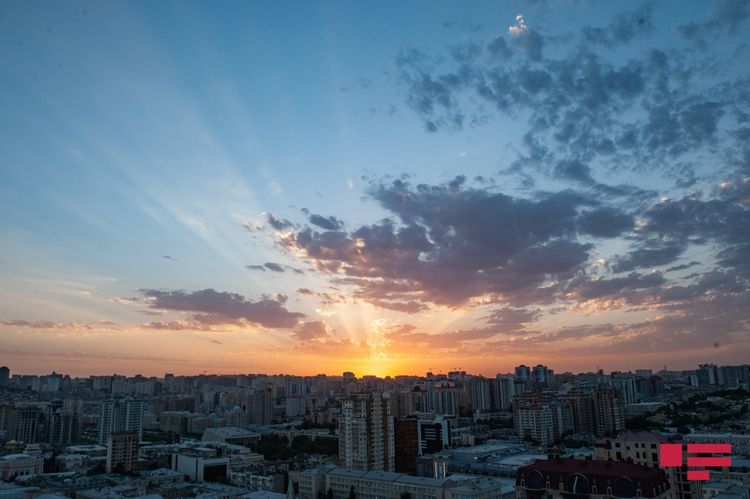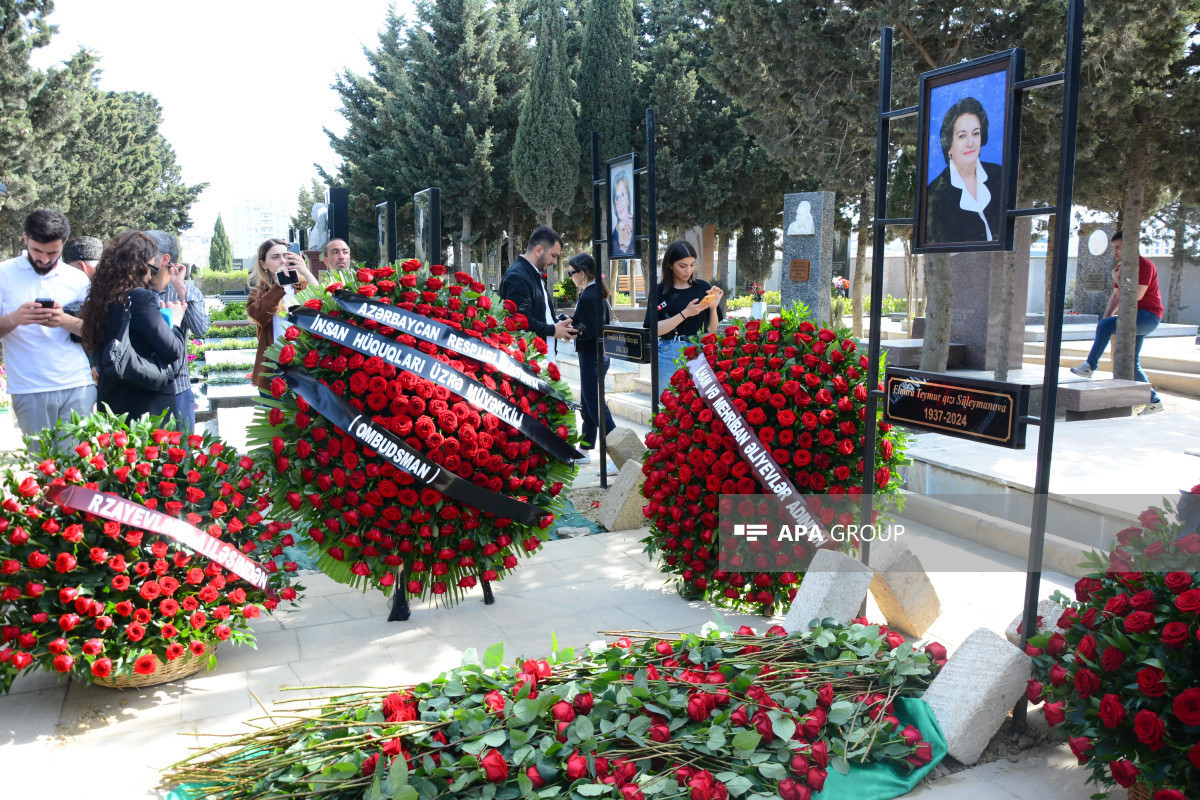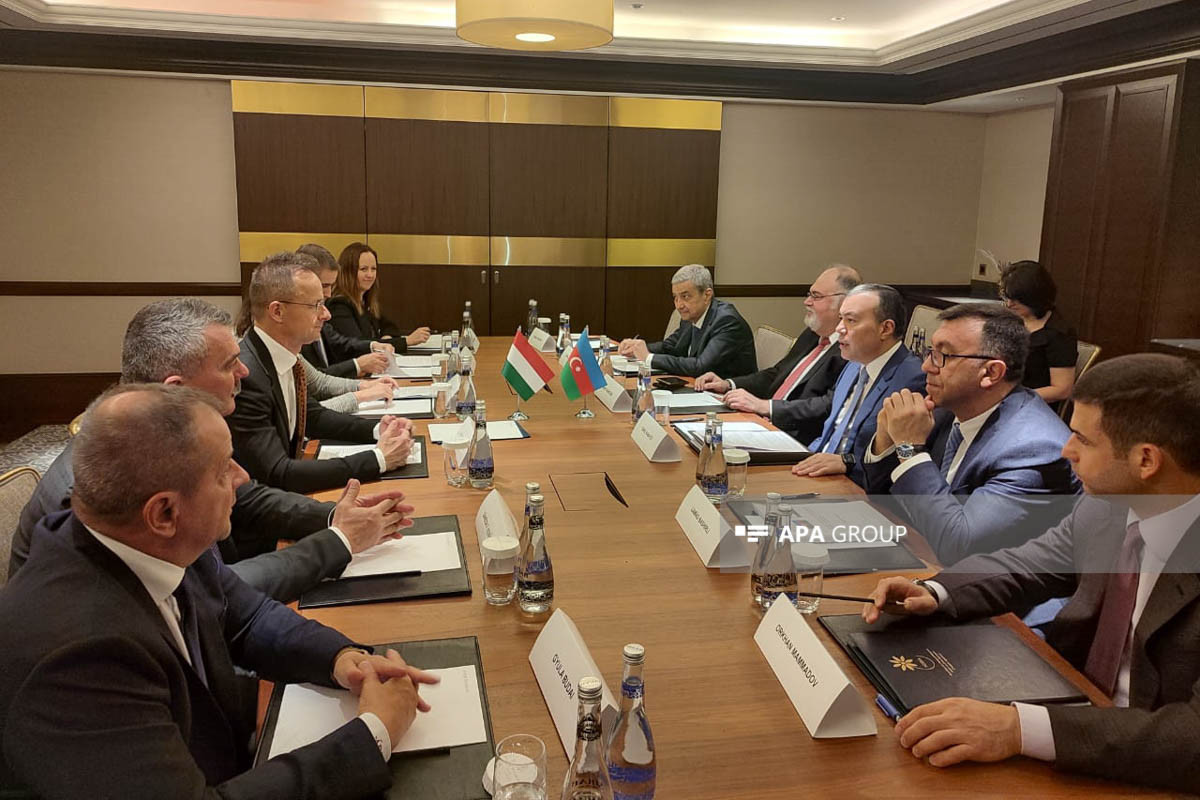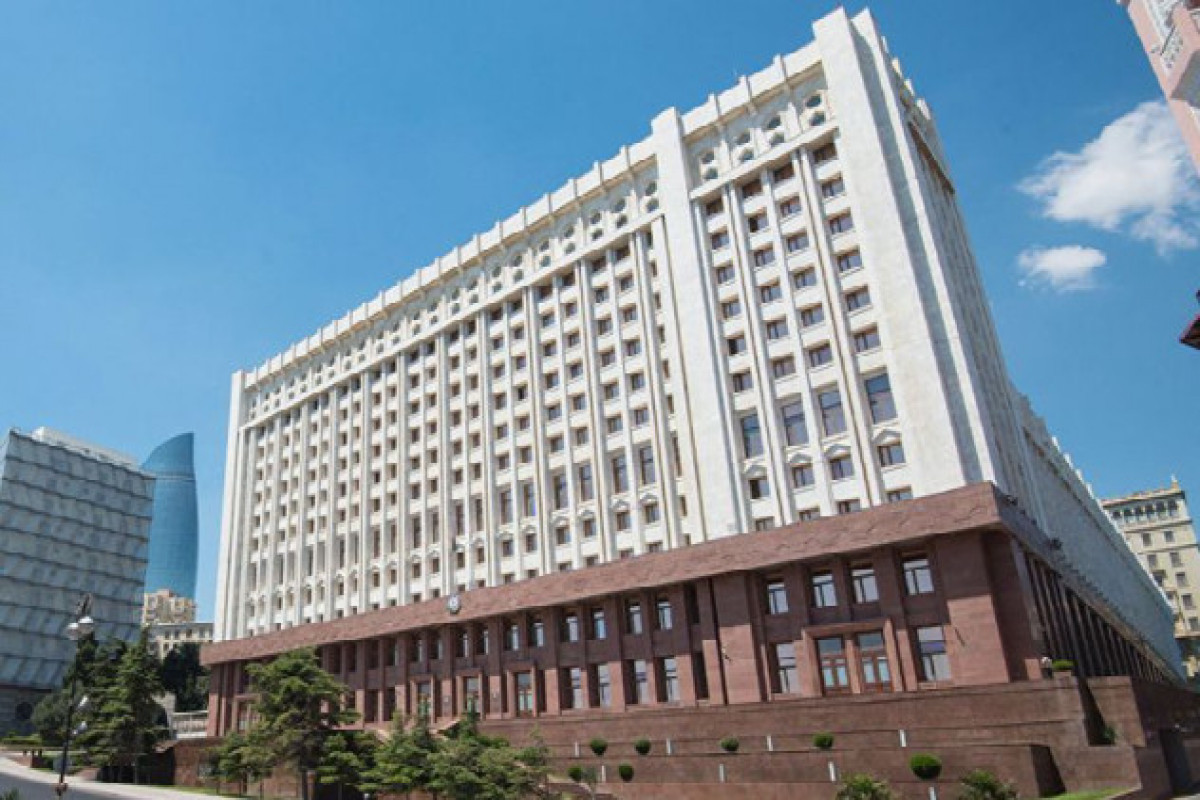The average annual air temperature in Azerbaijan has increased by approximately 0.8-1.90 degrees depending on region as compared with the baseline period (1961-1990), APA reports citing the annual report for 2019 of Geography Institute of Azerbaijan National Academy of Sciences (ANAS).
And the average annual accumulated atmospheric precipitation has mainly decreased.
According to the report, in some regions of Kur-Araz lowland the drop in precipitation accounted for 12-15%, but on Absheron peninsula and the coastal areas situated to the north of the peninsula the accumulated precipitation has increased although to a small extent (2-3%). The accumulated precipitation in the warm part of the year has decreased by 3-17%.
The rate of growth of annual temperature during 134 years equaled to 0.80-1.40 degrees, and the growth rate for decades equaled approximately to 0.10 degrees. The atmospheric precipitation has decreased in some territories during the last 125 years (Agstafa – 88 mm, Nakhchivan – 7 mm), and increased by 8 mm in Ganja.
According to the conducted calculations, the expected values of air temperature and atmospheric precipitation for the forthcoming decades until 2050 are given below.
The expected values of the average annual air temperature and accumulated atmospheric precipitation
|
№ |
Point |
Years |
|||
|
1961-1990 (base time ) |
2030 |
2040 |
2050 |
||
|
1. |
Aghstafa |
12,7 |
13,7 |
13,8 |
14,0 |
|
2. |
Ganja |
13,4 |
14,5 |
14,6 |
14,7 |
|
3. |
Nakhchıvan |
12,9 |
13,2 |
13,3 |
13,5
|
|
№ |
Point |
Years |
|||
|
1961-1990 (base time ) |
2030 |
2040 |
2050 |
||
|
1. |
Aghstafa |
363 |
315 |
310 |
300 |
|
2. |
Ganja |
287 |
270 |
275 |
280 |
|
3. |
Nakhchıvan |
220 |
240 |
235 |
230 |



 UPDATED'>
UPDATED'>


